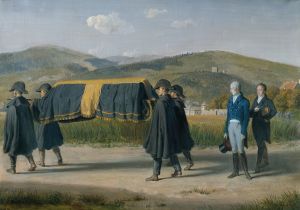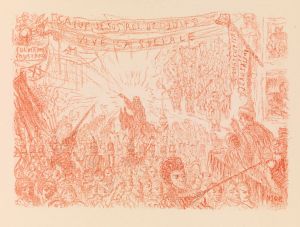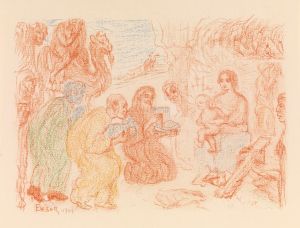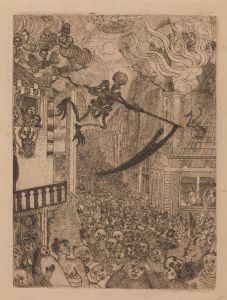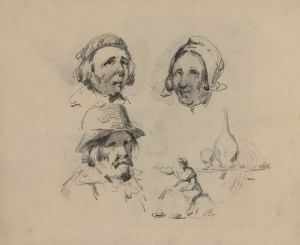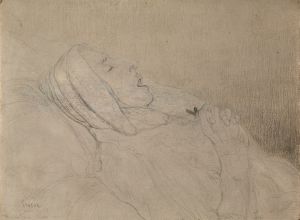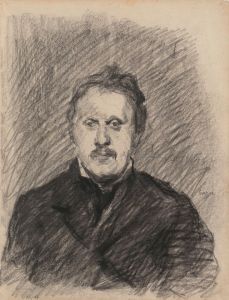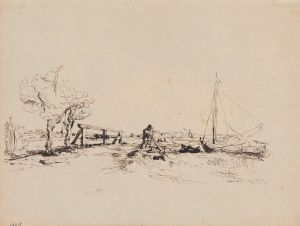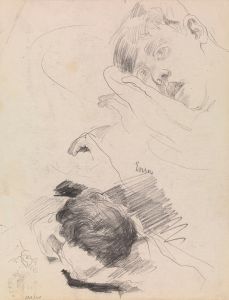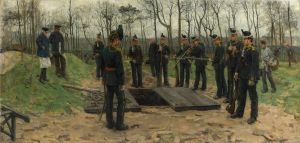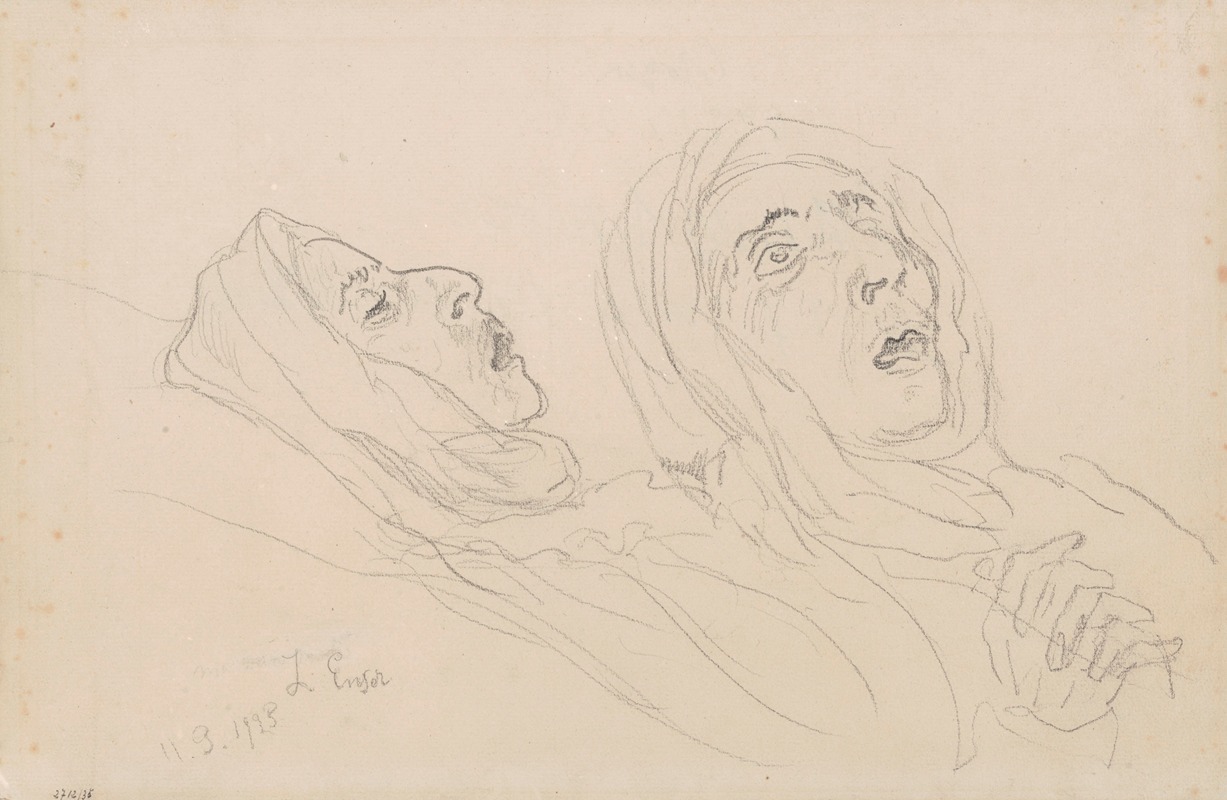
My Dead Mother III
A hand-painted replica of James Ensor’s masterpiece My Dead Mother III, meticulously crafted by professional artists to capture the true essence of the original. Each piece is created with museum-quality canvas and rare mineral pigments, carefully painted by experienced artists with delicate brushstrokes and rich, layered colors to perfectly recreate the texture of the original artwork. Unlike machine-printed reproductions, this hand-painted version brings the painting to life, infused with the artist’s emotions and skill in every stroke. Whether for personal collection or home decoration, it instantly elevates the artistic atmosphere of any space.
James Ensor, a prominent Belgian painter and printmaker, is known for his unique and often macabre style that blends elements of symbolism and expressionism. One of his notable works is "My Dead Mother III," which reflects his fascination with themes of death, mortality, and the grotesque. Ensor's art frequently explores the darker aspects of human experience, and this painting is no exception.
"My Dead Mother III" is part of a series of works by Ensor that delve into personal and existential themes. Ensor was deeply influenced by his own life experiences, and his mother's death had a profound impact on him. This painting is a poignant reflection of his emotional response to her passing. The work is characterized by its stark and haunting imagery, which is typical of Ensor's style.
In "My Dead Mother III," Ensor employs a vivid and unsettling palette, using bold colors and dramatic contrasts to evoke a sense of unease and introspection. The composition is marked by its raw emotional intensity, capturing the viewer's attention with its striking visual elements. Ensor's use of color and form is deliberate, creating a sense of movement and tension within the painting.
The painting depicts the figure of Ensor's deceased mother, rendered in a manner that is both respectful and unsettling. Ensor's portrayal of his mother is not meant to be a realistic representation but rather an exploration of his own feelings of loss and grief. The figure is often surrounded by symbolic elements that enhance the painting's thematic depth, such as skulls, masks, or other motifs associated with death and the afterlife.
Ensor's work is often noted for its incorporation of masks and theatrical elements, which serve to obscure and reveal the underlying truths of human nature. In "My Dead Mother III," these elements may be present to emphasize the duality of life and death, as well as the masks people wear in society. This approach allows Ensor to explore complex themes in a way that is both personal and universal.
The painting is a testament to Ensor's ability to convey deep emotional and psychological states through his art. His unique style, characterized by its boldness and originality, has made him a significant figure in the history of modern art. "My Dead Mother III" exemplifies his skill in using art as a means of personal expression and exploration of existential themes.
James Ensor's influence extends beyond his own time, impacting subsequent generations of artists who have drawn inspiration from his innovative approach to art. His work, including "My Dead Mother III," continues to be studied and appreciated for its contribution to the development of modern art movements.
Overall, "My Dead Mother III" is a compelling example of James Ensor's artistic vision, capturing the complexity of human emotions and the inevitability of mortality. Through this painting, Ensor invites viewers to confront their own feelings about life, death, and the passage of time, making it a powerful piece that resonates on multiple levels.





